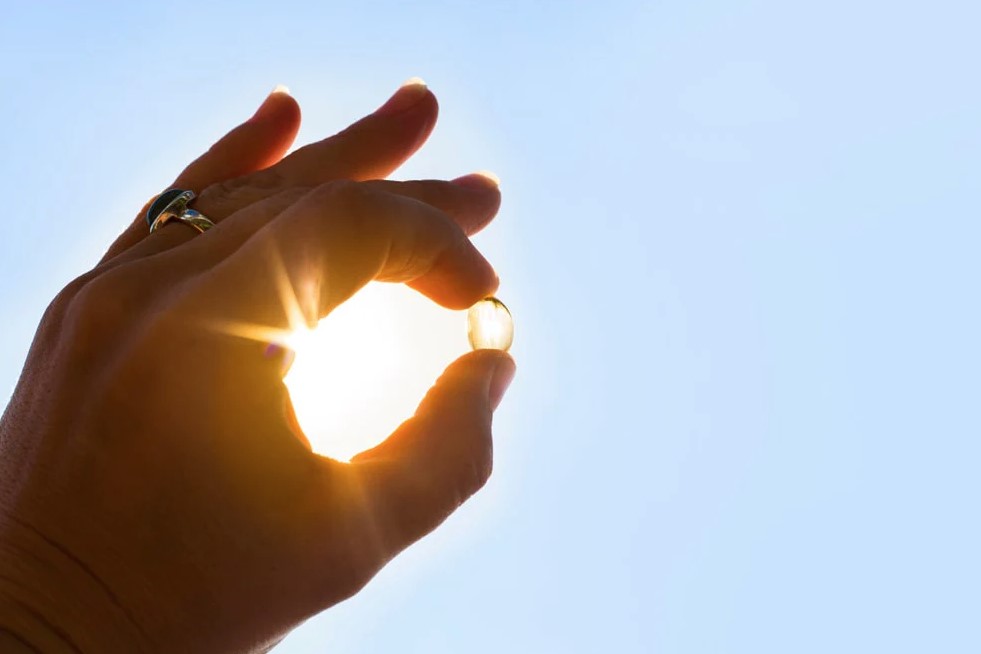Signs and causes of low vitamin D
Do you know if you have low vitamin D levels? Here are some possible signs and causes of this disability.

Vitamin D is a fundamental nutrient for our health, playing an important role in numerous processes, such as calcium and phosphorus absorption and the prevention of some conditions. This vitamin also acts positively in nervous, immunological and musculoskeletal systems.
However, even if vitamin D is essential to the body, many people cannot maintain healthy levels of this nutrient, and need to eat supplements and change some habits. Next, check out some signs that you have low vitamin D levels, what are the possible causes for it and discover ways to reverse this situation.

Signs of vitamin D deficiency
In adults, it is difficult to identify vitamin D deficiency without examinations. However, some symptoms that may indicate the problem are:
- Tiredness.
- Bone pain.
- mood swings and worsening conditions such as depression.
- weakness, pain or muscle cramps.
- Somnolence.
In children, symptoms are often more pronounced and may include joint deformities, incorrect growth patterns, bone pain and muscle weakness.
Prolonged vitamin D deficiency can cause various complications in the body, such as low calcium and blood phosphate levels and softening bones in childhood and adulthood. Children with severe disability of this nutrient may suffer bone damage, and this can cause seizures, cardiac damage and even death.

Causes
There are usually two major causes for vitamin D deficiency. The first is malabsorption and poor use of nutrient by the body, and the second is the lack of intake of vitamin, either through food or insufficient production through sunlight.
There are also specific causes for vitamin D deficiency, such as the use of some medications, a history of weight loss surgeries and some health conditions, such as celiac disease, obesity and kidney disease. In addition, people with darker and older skin are more likely to develop vitamin D deficiency.

Treatment and Maintenance
Let's say you have been diagnosed with vitamin D deficiency through laboratory tests. In these cases, the doctor or doctor usually recommends supplementation for some time, depending on the levels of this nutrient in your body.
After treatment, you should try to keep vitamin D at levels considered healthy. The amount considered healthy of vitamin varies according to your age. Daily averages recommended in micrograms (MCG) and international units (IU) are: 10 mcg or 400 IU for babies up to 12 months; 15 mcg or 600 iu for people from 1 to 70 years old; 15 mcg or 600 iu for pregnant or breastfeeding people and 20 mcg or 800 IU for people over 71 years.

To maintain these levels, it is recommended to introduce vitamin D -rich foods into your diet and ensure proper but not excessive sun exposure, as being under the sun for a long time can increase the risk of developing skin cancer.
Some foods that can be consumed as a source of vitamin D are fish such as tuna, sardines and salmon; Ox liver, mushrooms and egg yolks. There are also foods that usually processed with added vitamin D, such as industrialized milk, cereals and other milk -derived products such as yogurt.
In addition, many multivitamin supplements contain this nutrient, allowing people with risk factors to supplement long -term vitamin D. In the latter case, it is recommended to consult a doctor to understand whether supplementation is required and what type of supplement to eat, as this vitamin can come in two forms, D2, of plant origin and D3, of animal origin.

Royals can no longer deny this persistent rumor is a lie, says source

The American Cancer Society says to cut these 5 things in your life
